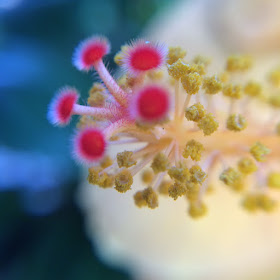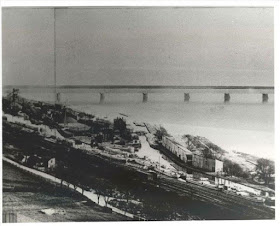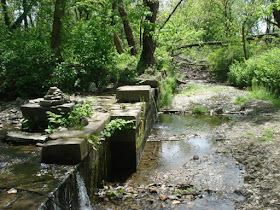 |
| Brochure and tag worn at the Medical Museum |
 |
| This is a surgeon's operating kit. |
 |
| The rear of the Autenrieth Medicine Wagon can be seen extending from the wall. |
 |
| An etching of what the wagon looked like. |
 |
| This is a painting of a river boat hospital. |
 |
| A real life display showing a surgeon preparing to amputate a soldier's leg. |
 |
| Another display shows a soldier with hospital knapsack. |
I believe we both walked out the door of the museum with a better under- standing of how terrible war can be and what the young men who fought for both sides had to endure for years. The lucky ones escaped without needing any medical attention or had to suffer a medical fate I wouldn't wish on anyone. And, I can't imagine the stress and life-altering impression the war must have made on those who had to treat those wounded. This museum certainly lays fact to the saying of "War is Hell!!" It was another extraordinary day in the life of an ordinary guy.

















































